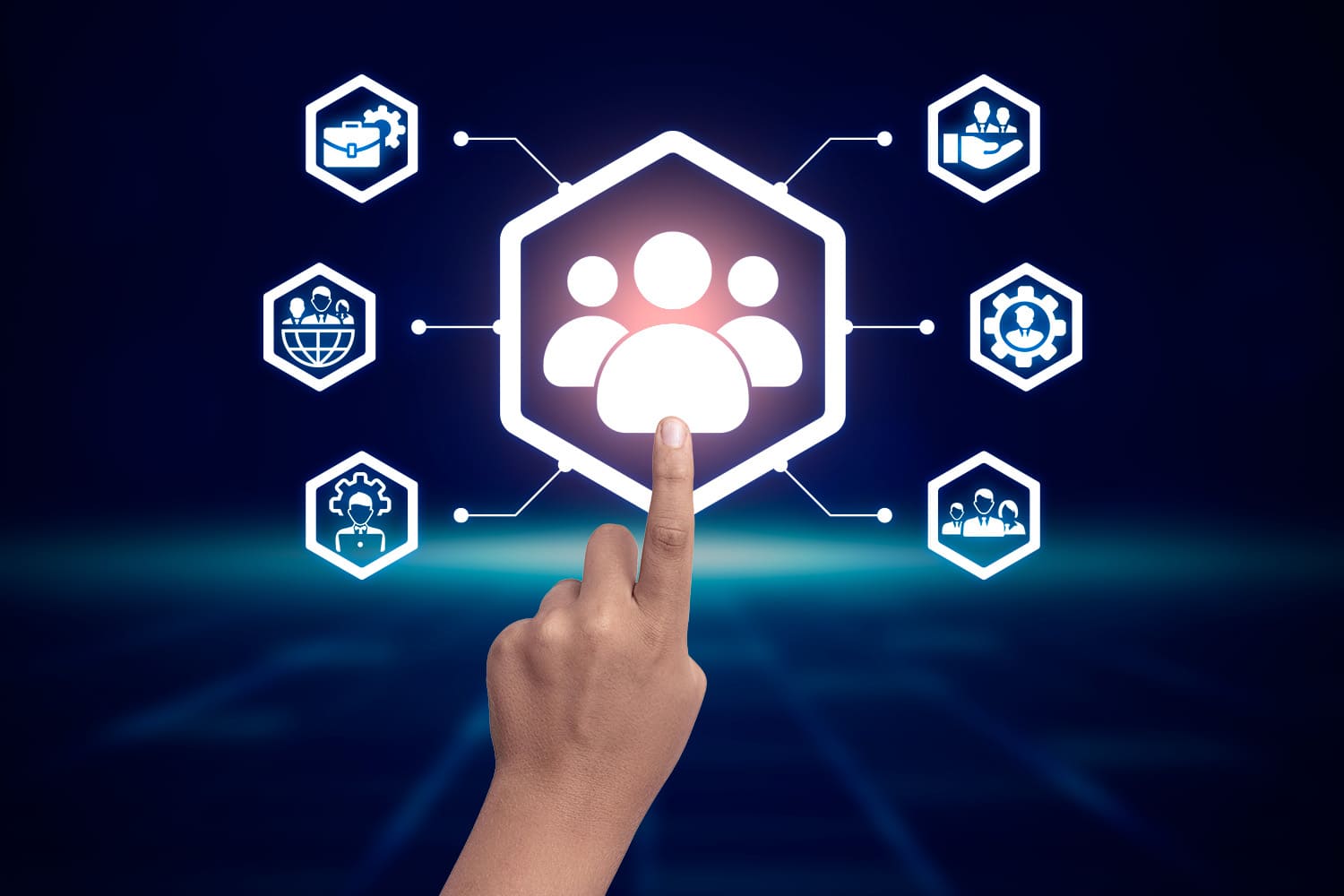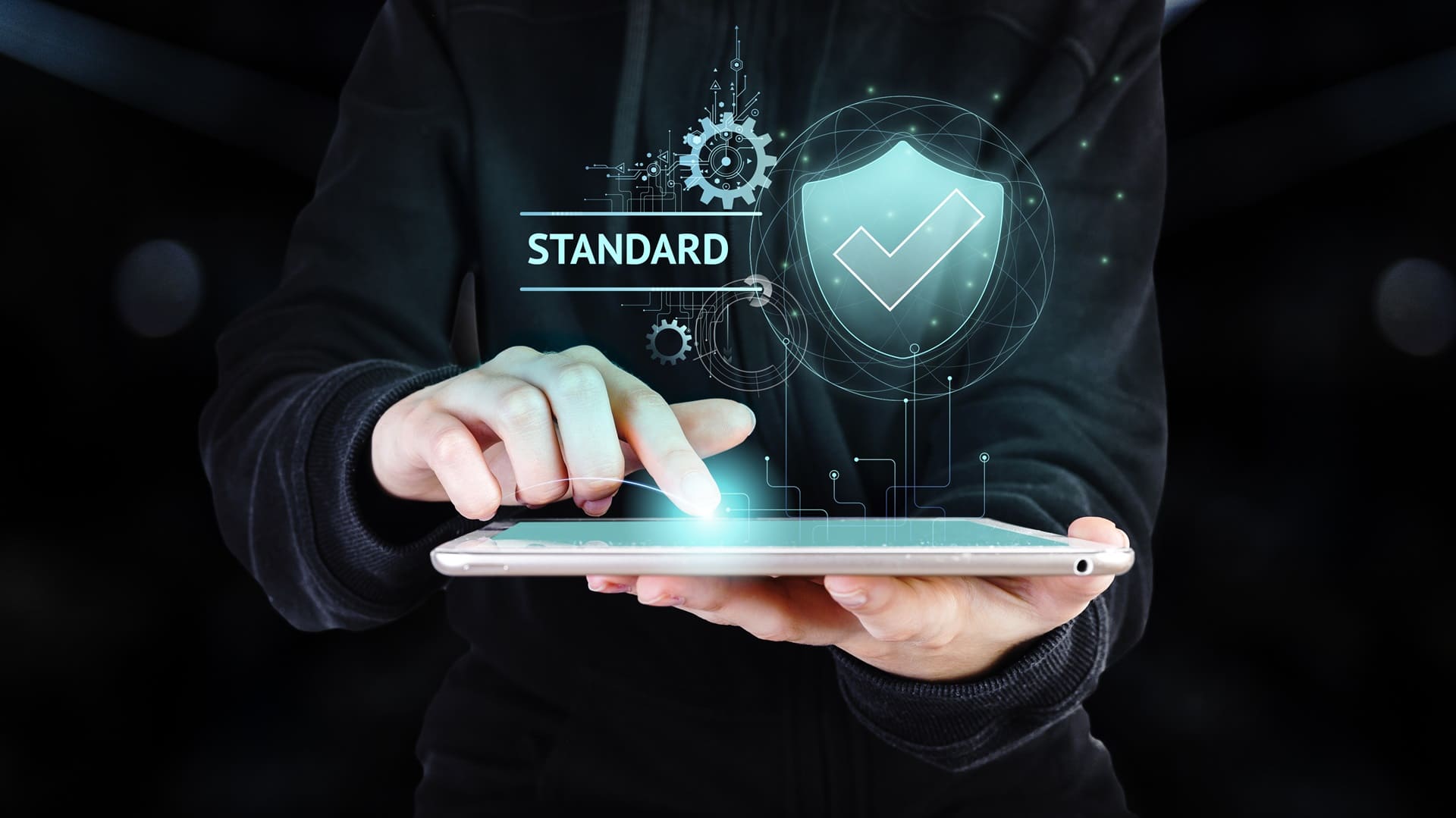Benefits And Features
Authentication – Proving Who You Are
Access Management starts with a simple question: "Who are you?" It's like having a digital key to open a locked door. Authentication is all about making sure that the person trying to get in is really who they say they are. This could mean typing in a password, using your fingerprint, or even taking a selfie. It's the first in keeping things safe.
Authorization – Getting the Right Permissions
Once you prove your identity, it's time to decide what you can and can't do. This is where Authorization comes in. It's like getting a special badge that lets you access certain areas. Maybe you can view files but not change them. Or perhaps you can do everything. Authorization is about setting these rules to make sure everyone follows them.
Access Control Policies – Setting the Rules
Think of Access Control Policies as a rulebook. They tell you who can come in, when they can do it, and what they can do. These rules make sure everyone plays by the same guidelines. It's like knowing the opening and closing hours of a store, and what's allowed inside.
Adaptive Access Control - Staying Alert
In the digital world, things can go wrong, and that's where Adaptive Access Control comes into play. It's like having a security guard who watches everything. If something unusual happens, they ask for extra proof. It's like asking for your ID when your credit card doesn't work. It keeps everything secure.
Access Governance – Keeping Everything in Order
Imagine Access Governance as a digital library with a strict librarian. It keeps records, makes sure only the right people get in, and stops anyone who shouldn't be there. It's like the librarian making sure you return your library books on time.
Single Sign-On (SSO) – Making Life Easier
Now, here's the best part - Single Sign-On (SSO). It's like having one key for lots of different doors. You don't need to carry a bunch of keys with you. SSO lets you use one username and password to get into all the places you need. It's like a master key that simplifies your life. OAuth and OIDC ensure secure data exchange and communication, just like speaking in a secret code that only the right parties can understand.








